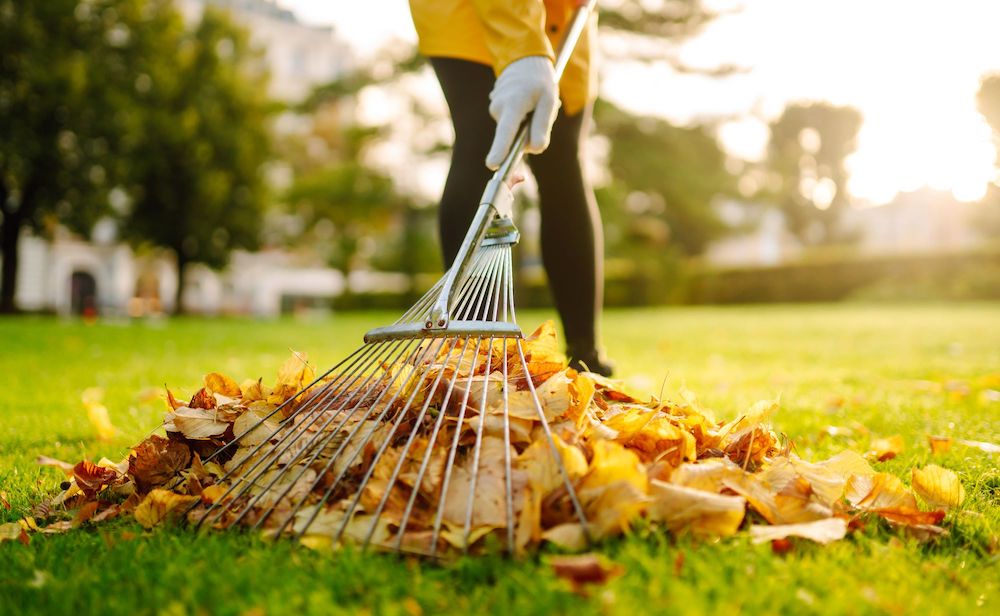A Guide To Lawn Maintenance For Every Season
You must surely take pride in your home’s lawn, as does everyone else. And you know it’s the first thing people notice when visiting you. Because of that, you want it to look its best all year, but where do you begin?
Maintaining a lawn can be daunting, but you can do it easily with the proper knowledge, tools, and techniques. This short guide will provide tips on maintaining your lawn throughout the year. You can ensure your lawn remains healthy and beautiful by following the simple steps below.

Lawn Maintenance Tips During Spring
Here are the things you could do for your lawn when it’s spring:
- Aerate your lawn to allow oxygen, water, and nutrients to penetrate deep into the soil. It will let your lawn breathe and help the roots grow deeper, making the grass more resilient and healthy.
- Rake your lawn to remove any debris and dead grass killed by winter. This will help your grass grow more effectively and reduce the risk of your lawn from encouraging pest growth and contracting diseases.
- Apply a slow-release fertilizer to your lawn to promote healthy growth.
- Reseed any bare or thin spots in your lawn.
Lawn Maintenance Tips During Summer
Meanwhile, here are the things you can do to maintain your lawn during the summer heat:
- Water your lawn deeply and infrequently, preferably in the early morning. This helps prevent evaporation and ensures the water reaches the roots where needed.
- Set your mower to a higher setting to allow your grass to grow taller. It’s much easier to do if you use a battery-powered lawnmower. Taller grass shades the soil, reducing evaporation and encouraging deeper root growth.
- Consider planting drought-resistant grasses or ground covers to reduce water consumption and keep your lawn looking green and healthy even in dry conditions.
- Be always on the lookout for pests and diseases, and address any issues as soon as they arise to prevent them from spreading.

Lawn Maintenance Tips During Fall
Lawns can be littered with a lot of leaves during the fall, so here are the things you can do to maintain yours:
- Rake and remove fallen leaves regularly. Be sure to leave a thick layer of leaves on your lawn can smother the grass, preventing it from getting the light and air it needs to thrive.
- Reseed any bare or thin spots in your lawn to encourage new growth before winter.
- Fertilize your lawn with a high-phosphorus fertilizer to promote root growth and prepare your lawn for winter dormancy.
- Keep mowing your lawn as needed, gradually lowering the blade height as the grass grows more slowly.
- Remove dead branches or debris from your lawn, which can harbor pests and diseases.

Lawn Maintenance Tips During Winter
In some regions, you can’t maintain your lawn during winter. But if you can, here are things you can do:
- Avoid walking on your lawn when it is covered in snow or frost. Foot traffic can damage frozen grass and leave unsightly footprints that can take months to disappear.
- Keep your lawn clear of debris, such as fallen branches or toys, which can get buried in the snow and create obstacles when the snow melts.
- Avoid using ice melt products on your lawn or near the edges of your lawn, as they can damage the grass and prevent it from growing properly in the spring.
- Watch for animal damage, such as tracks or chewed grass. Animals such as rabbits or deer may use your lawn as a food source during the winter.
- Consider using burlap or other winter protection materials to cover delicate plants or shrubs near your lawn to prevent winter burn.
- Avoid parking cars or heavy equipment on your lawn during the winter months, as this can damage the frozen grass and create ruts that can take months to repair.
Lawn Maintenance Tips Regardless Of Season
And, of course, there are things you can do for lawn maintenance regardless of the season. And they are:
- Mow your lawn regularly and keep your mower blades sharp. This will prevent tearing or damaging the grass and encourage healthy growth.
- Remove weeds and crabgrass promptly to prevent them from spreading and taking over your lawn. Hand-pull small weeds or use an herbicide for larger infestations.
- Use natural or organic lawn care products whenever possible, as they are safer for pets, children, and the environment than chemical-based products.
- Be on the lookout for signs of pests or diseases, such as brown patches or yellowing grass, and address them promptly to prevent them from spreading.
- Avoid overwatering your lawn, which can lead to shallow root growth, disease, and pest problems.
Conclusion
Maintaining a beautiful lawn throughout the year requires a little effort, but it is well worth it. Follow these simple steps to ensure it looks its best all year. So, get out there and start taking care of your lawn today!






